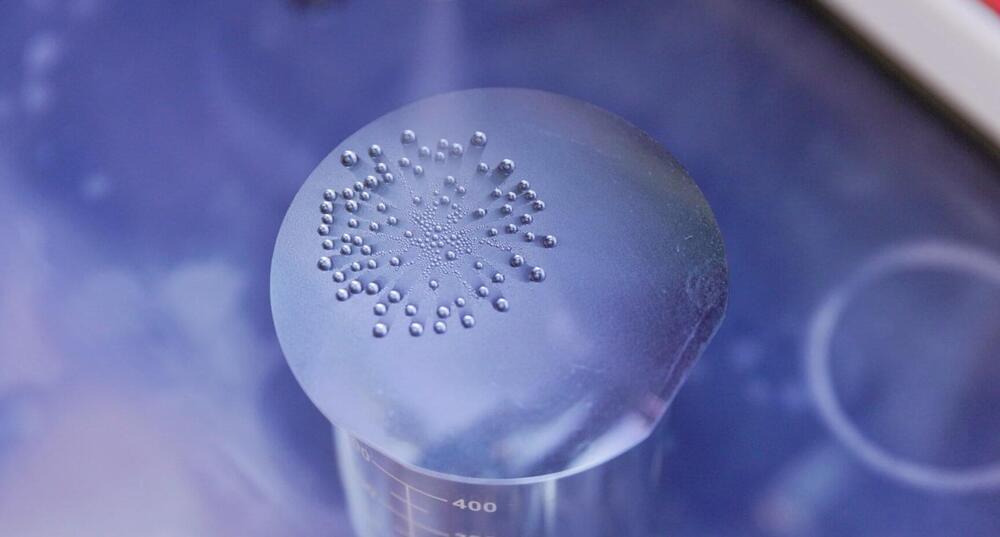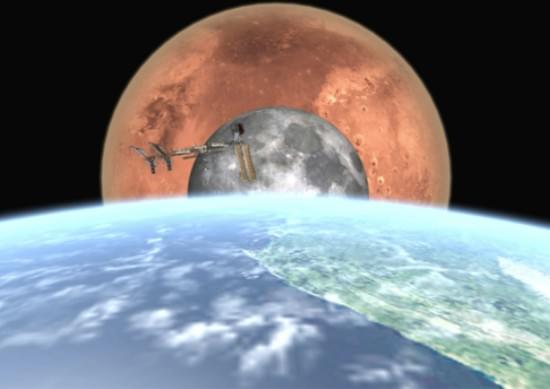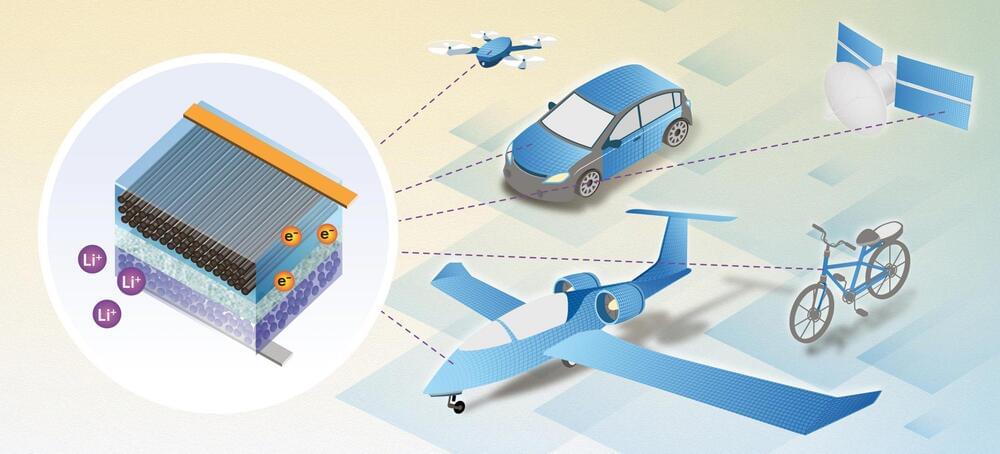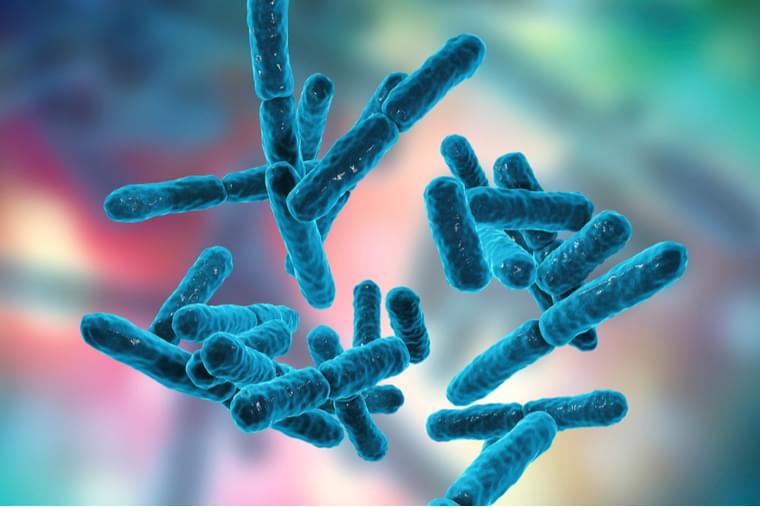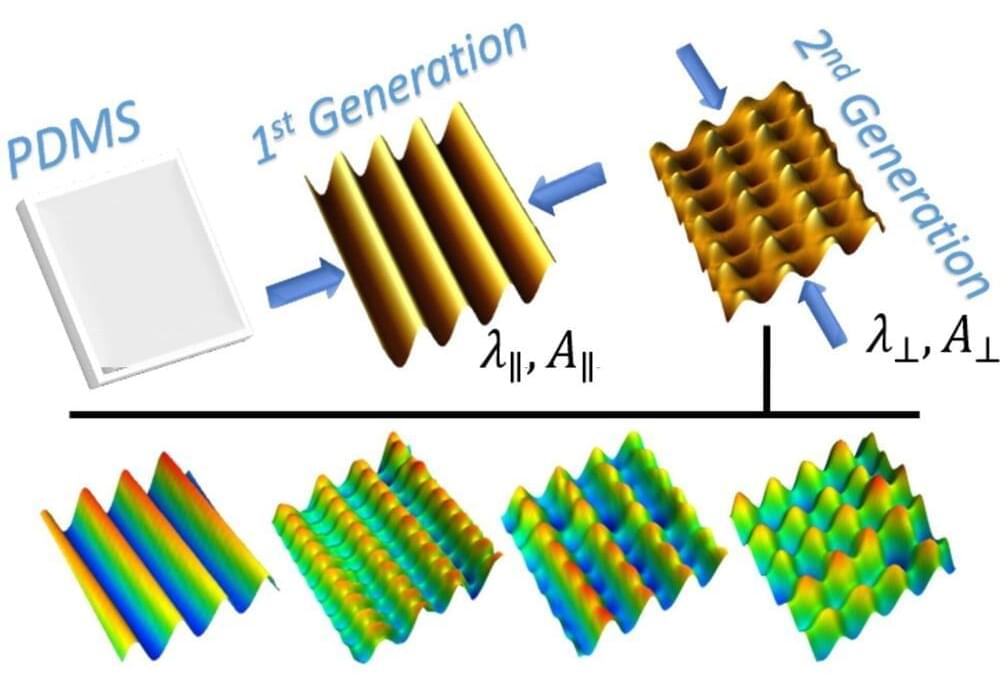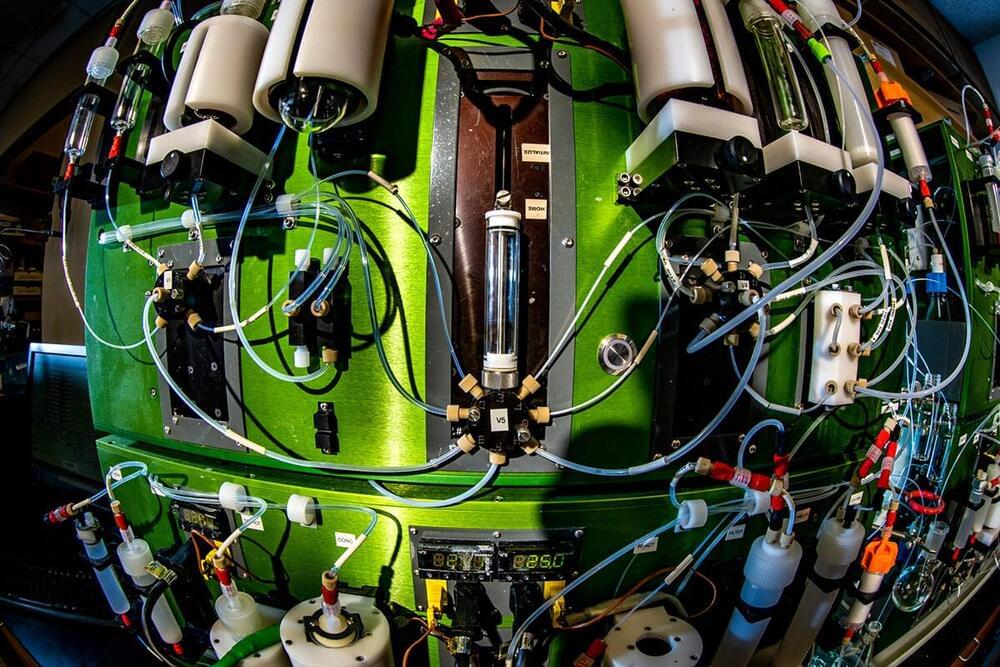Feb 15, 2022
What we knew about water was right after all
Posted by Shubham Ghosh Roy in categories: chemistry, computing
A comprehensive investigation by KAUST researchers sets the record straight on the formation of hydrogen peroxide in micrometer-sized water droplets, or microdroplets, and shows that ozone is the key to this transformation1,2.
The air-water interface is a crucial site for numerous natural, domestic and industrial processes such as ocean-atmosphere exchange, cloud and dew formation, aerated beverages and bioreactors. Yet, probing chemical transformations at the air–water interface is challenging due to the lack of surface-specific techniques or computational models.
Recent research revealed that water spontaneously transforms into 30–110 micromolar hydrogen peroxide (H2O2) in microdroplets, obtained by condensing vapor or spraying water using pressurized nitrogen gas. The textbook understanding of water is thus challenged by how the mild temperature and pressure conditions, together with the absence of catalysts, co-solvents and significant applied energy, could break covalent O–H bonds. It was hypothesized that this unusual phenomenon resulted from an ultrahigh electric field at the air-water interface that assists OH radical formation, but no direct evidence has been reported.
